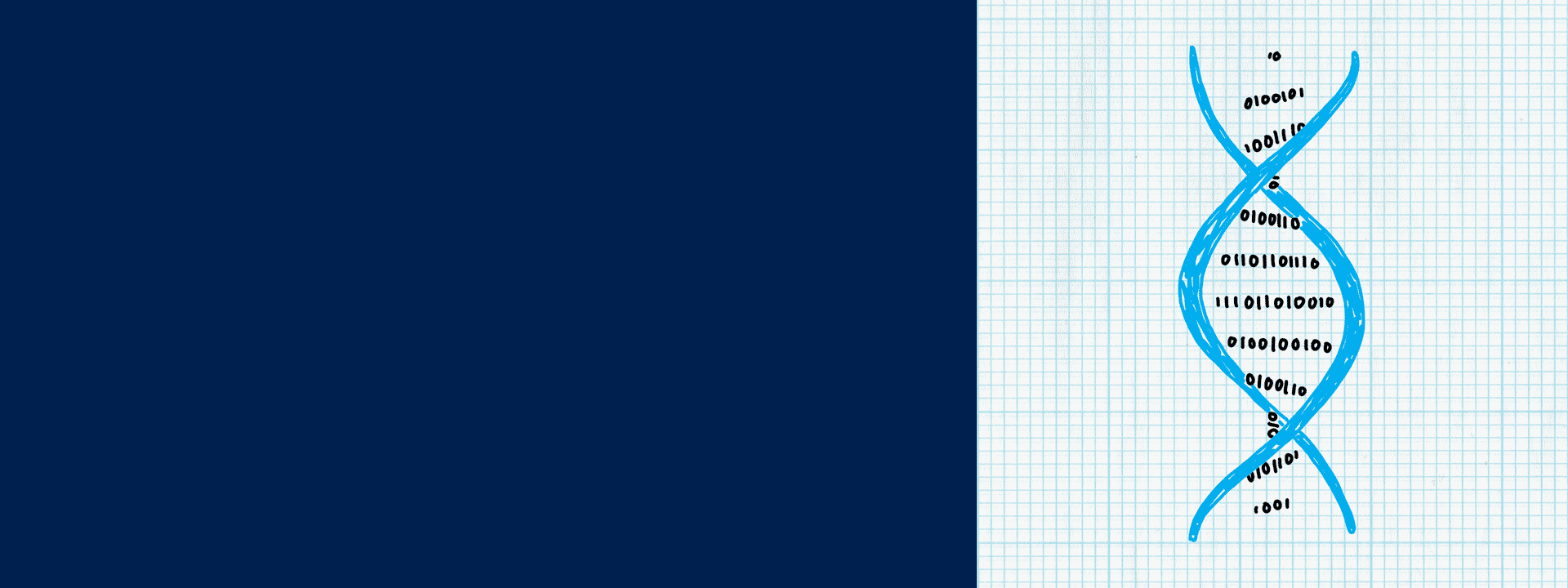Established: January 2015
The amount of digital data produced has long been outpacing the amount of storage available. This project enables molecular-level data storage into DNA molecules by leveraging biotechnology advances in synthesizing, manipulating and sequencing DNA to develop archival storage. Microsoft and University of Washington researchers are collaborating (opens in new tab) to use DNA as a high density, durable and easy-to-manipulate storage medium.
Demand for data storage is growing exponentially, but the capacity of existing storage media is not keeping up. Most of the world’s data today is stored on magnetic and optical media. Despite improvements in optical discs, storing a zettabyte of data would still take many millions of units, and use significant physical space. If we are to preserve the world’s data, we need to seek significant advances in storage density and durability. Using DNA to archive data is an attractive possibility because it is extremely dense (up to about 1 exabyte per cubic millimeter) and durable (half-life of over 500 years).
While this is not practical yet due to the current state of DNA synthesis and sequencing, these technologies are improving quite rapidly with advances in the biotech industry. Given the impending limits of silicon technology (end of Moore’s Law), we believe hybrid silicon and biochemical systems are worth serious consideration. Biotechnology has benefitted tremendously from progress in silicon technology developed by the computer industry; now is the time for computer architects to consider incorporating biomolecules as an integral part of computer design.

